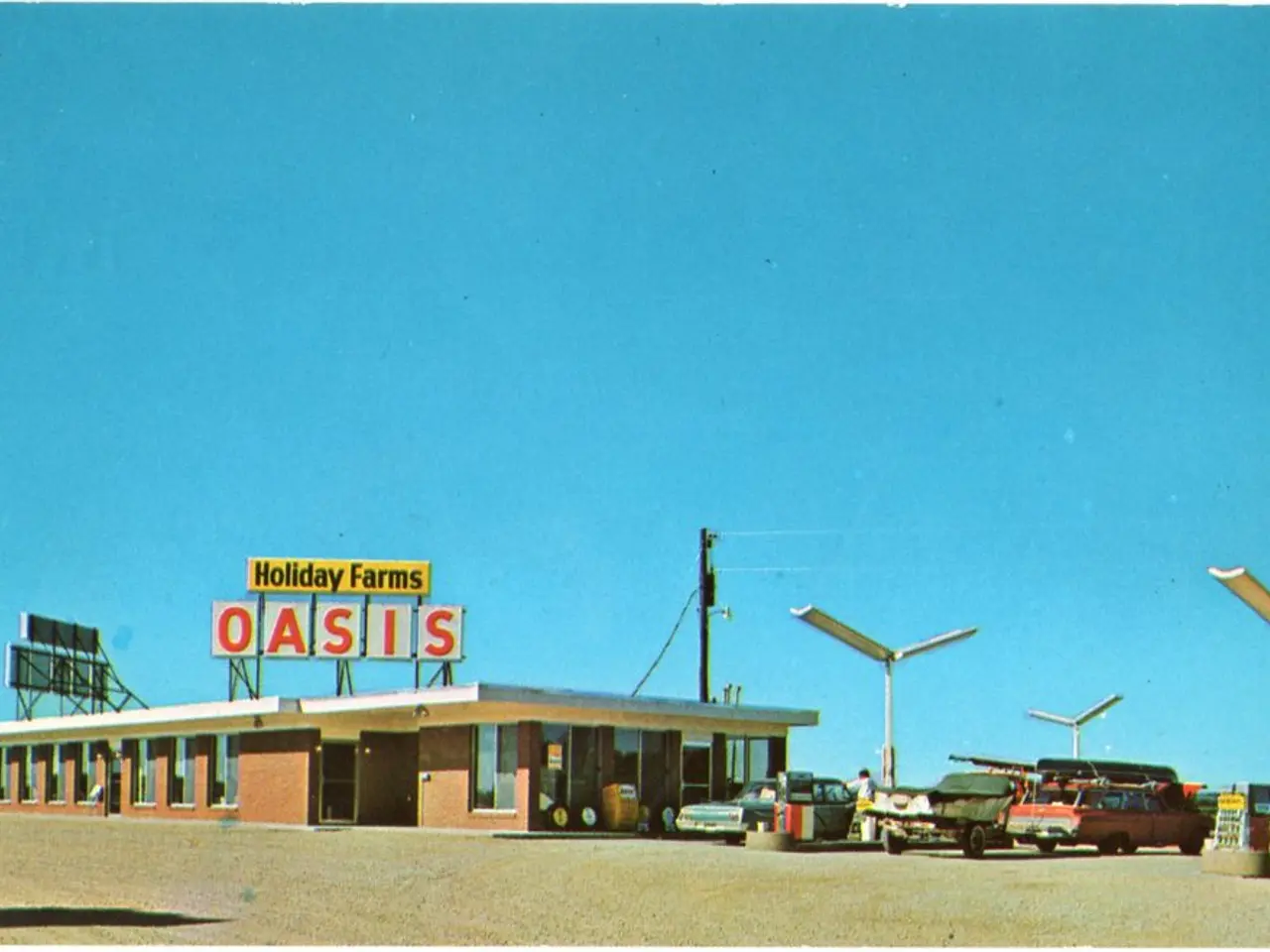Increase in oil production by OPEC+ member countries set for August, with a daily volume of 548 thousand barrels.
In a move that has caught the attention of global oil markets, the OPEC+ alliance has decided to increase oil production by a larger-than-anticipated 548,000 barrels per day in August. This significant increase, which is more than double the previous monthly increases of around 411,000 barrels per day, was announced by eight participating countries, including Saudi Arabia and Russia.
The decision to accelerate the compensation process and move towards a gradual return of the 2.2 million barrels per day voluntary production cuts initiated in 2023 was driven by a mix of factors. The OPEC+ group cited a steady global economic outlook and healthy market fundamentals, such as low oil inventories, as justification for raising output more aggressively.
Analysts suggest this move signals a strategic shift towards recovering market share, particularly from resilient non-OPEC producers like U.S. shale and Canadian heavy oil, by increasing volume despite potential price pressures. The group is also responding to the evolving supply-demand balance with flexibility, allowing for future pauses or reversals in production increases if market conditions worsen.
However, this production hike could pose some risks. The acceleration in production amid concerns of slowing global economic growth and trade tensions, such as U.S. tariffs, is somewhat at odds with demand worries. This could potentially lead to downside risks for oil prices if demand weakens more than expected.
Despite these risks, the production increase is intended to balance supply and demand while safeguarding market stability through monthly reviews and the option to adjust production levels based on data. This cautious but proactive approach aims to provide stability, which can benefit economies dependent on oil imports or exports by reducing shocks and facilitating planning.
The continuation of monthly monitoring and adjustments suggests OPEC+ is committed to responding dynamically to global economic signals, which is important given uncertainties like nuclear talks with Iran that could affect geopolitical risks and oil market dynamics.
In summary, the OPEC+ larger-than-expected August production increase is driven by a mix of recovering market share, compensating for prior cuts, and responding to positive market fundamentals, while keeping flexibility to adapt to future demand and supply changes. This approach aims to maintain market stability amid complex global economic conditions but carries risks related to oversupply and demand softness.
The decision to increase OPEC+ oil production, driven by factors such as a positive economic outlook and healthy market fundamentals, also signals a strategy to regain market share from resilient non-OPEC producers like U.S. shale and Canadian heavy oil. However, this production hike could pose risks, especially if global economic growth slows or trade tensions escalate, potentially leading to downside risks for oil prices if demand weakens more than anticipated.




